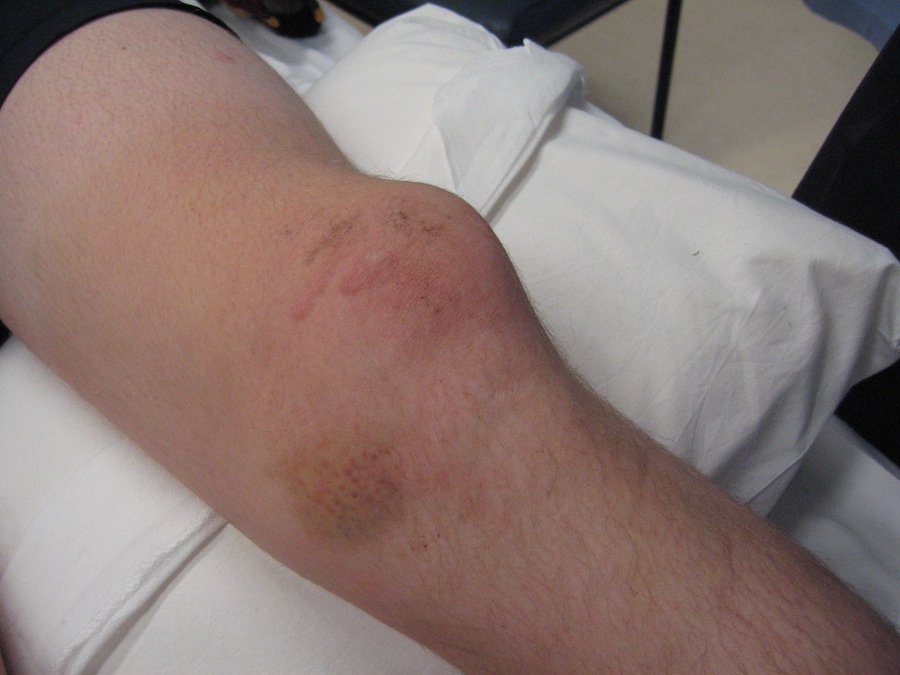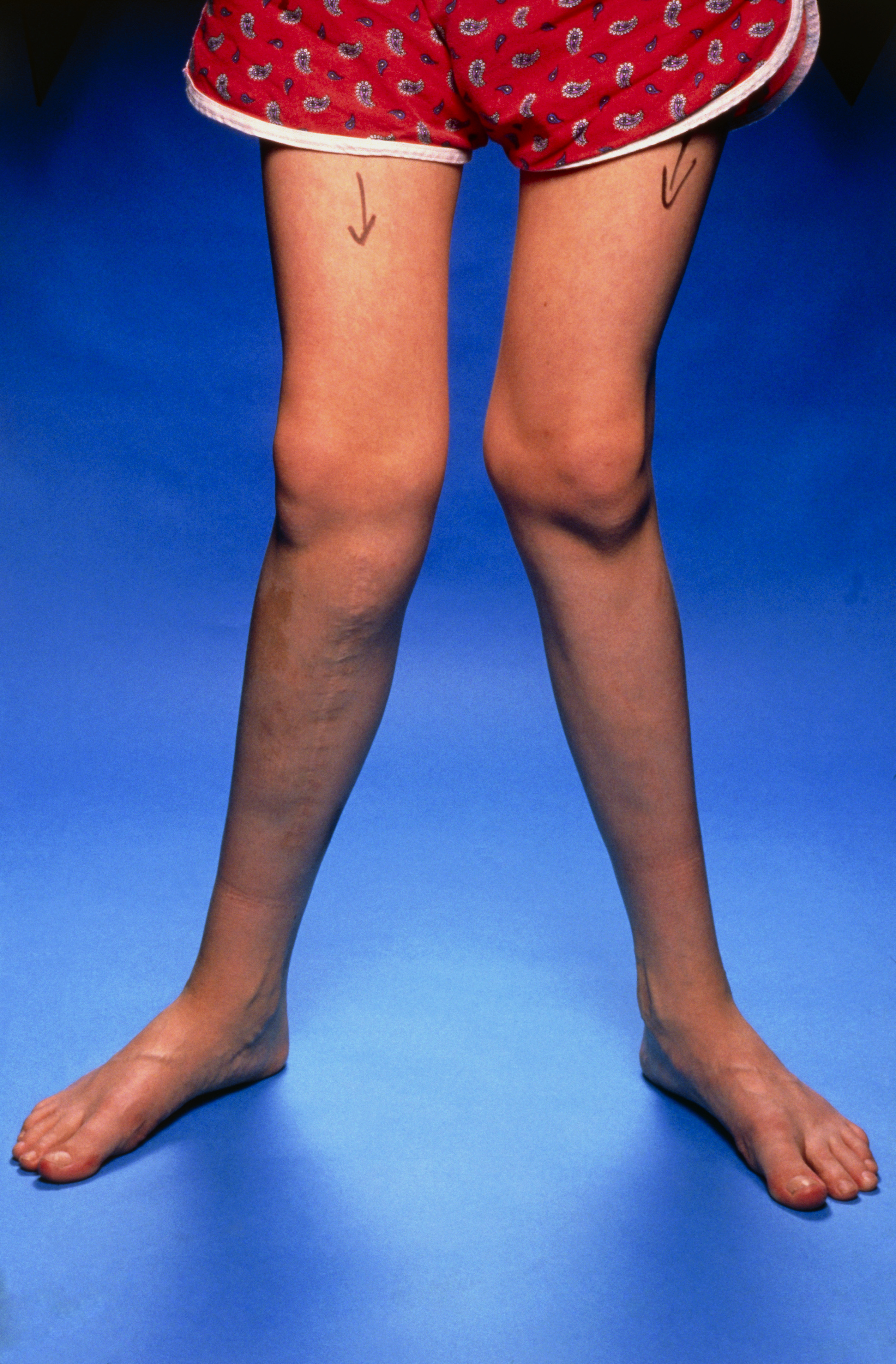CASE VIGNETTE – JANUARY 2019
PRE-EXISTENT ABNORMALITIES CAN BE MADE WORSE
A 25 year old male cyclist was dislodged from his bike whilst riding out towards the Brisbane Airport. He landed awkwardly and sustained a dislocation of his right patella. This is where the knee cap moves to the outside of the lower end of the thigh bone. It can be particularly painful, sometimes spontaneously reduces at the scene but sometimes also required transfer to a hospital with a closed reduction being effected under a Neurolept anaesthetic. He did require that form of closed reduction.

Interestingly, the knee joint was not normal before this bicycle accident. The young man suffered with what is called generalised ligamentous laxity. It is sometimes called “double-jointedness” but really, it refers to the fact that ligaments which stabilise joints are relatively long or lax, that the range of motion in almost every joint in the body is more than you might normally detect and does predispose the individual to joint instabilities or so-called subluxations or even dislocations. In addition, his knee cap was riding higher than normal and well outside the groove on the lower end of the thigh bone that usually assists with stabilisation. The knee cap was also smaller than normal and the stabilising groove on the femur was shallower than normal. In essence therefore, he had a number of features that predisposed him to dislocation.

Despite these predisposing factors, and they were quite powerful, he had never suffered with any such dislocation. It was not until the bicycle accident occurred that the patellofemoral joint became so disordered. Had it not been for the accident, he may never have suffered with a dislocation.
Quantifying his impairment and his disability was theoretically complicated by these predisposing factors, but should not have been. Regardless or otherwise of the predisposing factors, he was subjected to a single specific traumatic event and did suffer with an identifiable injury which was compensable. This is exactly what the Court ultimately found.
